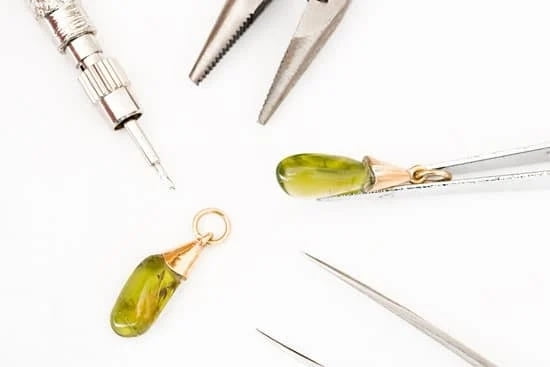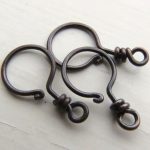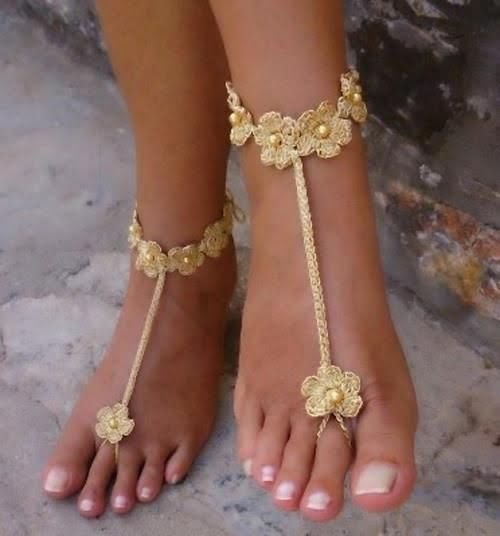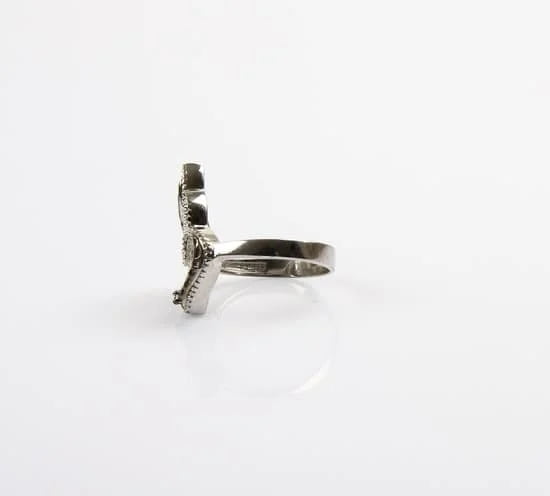Introduction
Jewelry wire can be used to create a wide range of beautiful and unique jewelry pieces. It is perfect for crafting necklaces, bracelets, earrings, rings, brooches, hair accessories, key chains and much more. With just some basic wire-work techniques you can make intricate links, exquisite wrapped beads, delicate charm connectors and dainty headpins to add extra detail to your designs. Additionally, it is possible to use enameling or metalwork techniques in combination with the wire to achieve even greater effects. Create totally unique artwork by bending and forming the wire into figures – the possibilities are endless with jewelry wire!
Choosing the Right Jewelry Wire
When it comes to the type of jewelry wire that you wish to use, there are two different categories: artistic and everyday jewelry wire. Artistic wire is usually made of a base metal such as copper or a non-tarnish silver or gold-plated brass, which will bestow that certain look to an item of jewelry. On the other hand, everyday jewelry wire consists of metals modeled after precious metals such as sterling silver and gold-filled, which produces items of value. In terms of size, each has its own specific gauge range which can be found on the back label.
It’s important to test each prior to making your selection in order to accurately determine how the product functions with your design. This is especially true when dealing with artistic wire since it contains different cores than everyday jewelry wire. With artistic wire, try to take notice as to how it handles versus how well it bends and shapes when comparing multiple gauges against one another. More often than not, softer and thicker wires tend to bend more easily; these are better suited for heavier pieces where extra strength is needed or for creating larger findings. On the other hand, thinner artist wires may offer versatility and flexibility when adding intricate details onto a creation but won’t hold up as well with heavier applications when compared against their thicker counterparts. Additionally, body oils could also cause the outer finish of artistic wires in thins gauges to tarnish over time due to the fact that some coppers used in production contain higher levels of carbon than traditional non-tarnish steel core hardware (i.e eyepins).
Gathering the Necessary Tools for Working with Jewelry Wire
When it comes to working with jewelry wire, having the right tools is essential. You’ll need an array of items to ensure success and ease of use. Some basic supplies include pliers, wire cutters, a pair of flat-nosed pliers, and round-nosed pliers. Depending on the type of project you’re working on, you may also find that having more specialized equipment is beneficial.
The type of jewelry wire you’re using will play a role in what kind of tools might be required. For example, if your project calls for memory wire—a thick, resilient coil intended to be used as an adjustable ring—you’ll also need special cutters that are designed to come apart after cutting. Or if you’re working with delicate metals like gold or silver thread, realistic needle nose tweezers could be very handy in threading through tight spaces with precision.
It’s always a good idea to set aside time and money for getting good quality tools, especially when working with jewelry wires since the wrong tools can easily cause damage during the crafting process. Investing in proper tools for the job can help to maximize success rates, minimize frustration over tasks taking longer than expected and make sure that your confidence stays high when starting a new project!
Understanding the Basics of Working with Jewelry Wire
Bending Jewelry Wire
To begin, you can use flat-nosed pliers to shape the wire around your design. For sharper bends in jewelry wires, use bent nose pliers, as these are specifically designed for creating tight curves. If you are creating a loop in the wire, use round-nosed pliers to make a uniform shape. You can create even more precise bends with parallel or Xuron miniature flush cutters, especially if you need two wires joined together at perfect right angles.
Cutting Jewelry Wire
Once you have shaped the wire into its desired form, it is time to cut it. To achieve clean lines when cutting jewelry wire, use flush cutters that feature built-in blades that line up together once closed. This ensures precise cuts every time. After cutting the wire, be sure to file down any sharp edges that may remain on each end using a mini file or small sanding block.
Adding Texture to Jewelry Wire
Many people choose to add texture to their jewelry wires for unique designs and aesthetics. To do this correctly without causing any kinks or damage to the pliable material, it is important to bear in mind two key points: pick the correct type of hammer with a suitable face and put something between the hammer and your wire so as not to make any impressions from the face of your hammer into your jewelry piece – such as steel or plastic bench block or a thick rubber mat. Begin by gently hitting hard against the wire in different directions until it has reached your desired texture level and then progress outwards towards tougher strikes if needed!
Conclusion
Jewelry wire is a versatile material that can be used to create stunning works of jewelry. It is lightweight, yet strong and pliable, which allows you to form it into any shape you desire. It comes in a variety of colors, sizes, and strengths, letting you find the perfect material for whatever design option you want.
The advantages of using jewelry wire are numerous including its flexibility, durability, and cost-effectiveness compared to other materials like metal or plastic. Jewelry made with wire makes it easier to craft intricate designs and can last longer than other pieces. Additionally, different types of pliers and cutters can help manipulate the wires into your desired shape with more accuracy while also making them look professional.
To help ensure success when using jewelry wire as your medium for making jewelry, practice proper technique at all times by wearing eye protection when cutting or winding the wire as needed to achieve your desired result. Furthermore, exploring different techniques such as jewel setting and creative link formation usings tools such has hammers or block can help enhance your crafts even further.
Overall, working with jewelry wire offers great benefits for those who create handmade pieces of jewelry—with its affordability and wide range of applications from dramatic spirals to modern geometric shapes or weaving chains together this material should not be overlooked! Crafting beautiful statements out of this small flexible metal helps open up creative opportunities for those wishing to express their artistic visions through wearable art. Further exploration could involve learning more about soldering techniques or applying heat patinas on the finished piece properly for added visual effects.

Welcome to my jewelry blog! My name is Sarah and I am the owner of this blog.
I love making jewelry and sharing my creations with others.
So whether you’re someone who loves wearing jewelry yourself or simply enjoys learning about it, be sure to check out my blog for insightful posts on everything related to this exciting topic!





